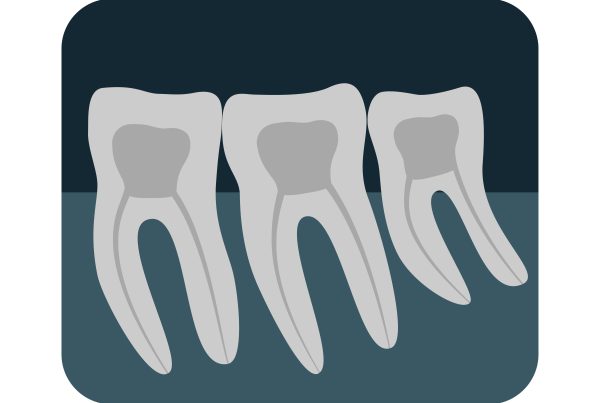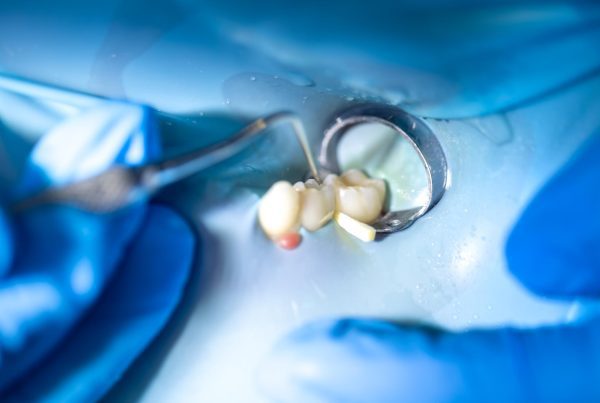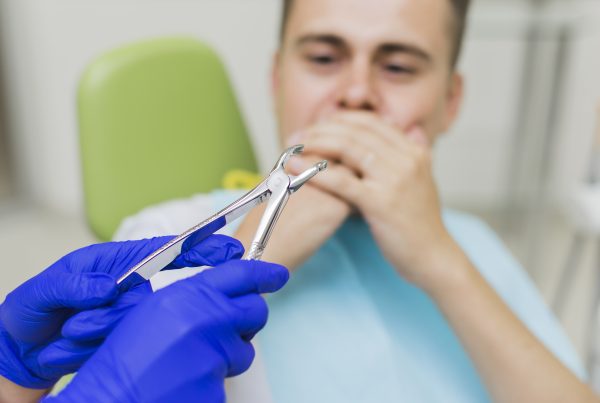Gas VS Anesthesia For Third Molar Extractions
The choice between gas and anesthesia for wisdom teeth removal is a critical decision that impacts both the patient's comfort and the surgical procedure's success. Wisdom teeth, also known as third molars, often require extraction due to various dental issues, including impaction, crowding, or infection. Patients and oral surgeons must carefully consider the advantages and drawbacks of both nitrous oxide gas (commonly known as laughing gas) and intravenous (IV) anesthesia when planning the removal of these troublesome teeth. This article explores the key differences between these two methods, helping patients make informed choices and oral surgeons provide the best care possible.

What are the main differences between nitrous oxide gas and intravenous anesthesia in the context of wisdom teeth extraction?
Nitrous oxide gas, commonly referred to as laughing gas, is a mild sedative that helps patients relax during dental procedures, including wisdom teeth extraction. Administered through a mask placed over the nose, nitrous oxide induces a state of mild euphoria and sedation, alleviating anxiety and discomfort. Unlike intravenous anesthesia, nitrous oxide does not induce unconsciousness, allowing patients to remain conscious and responsive during the procedure. It offers a quick onset and recovery time, with the effects wearing off shortly after the mask is removed. While nitrous oxide provides effective pain relief and relaxation, its depth of sedation is generally more superficial compared to the deeper sedation and unconsciousness induced by intravenous anesthesia.
In contrast, intravenous anesthesia involves the injection of sedatives directly into the bloodstream, leading to a profound state of unconsciousness and pain relief during the wisdom teeth extraction. This method allows for a deeper level of sedation, which is particularly beneficial for patients with severe dental anxiety or complex extraction cases. The depth of sedation can be adjusted to suit the individual’s needs, and the patient remains unconscious and unaware of the procedure. However, the use of intravenous anesthesia requires careful monitoring by an anesthesiologist or trained medical professional to ensure the patient’s safety and well-being throughout the surgery. Furthermore, the recovery time for intravenous anesthesia is generally longer, and patients may experience some grogginess or disorientation post-surgery, necessitating a longer period of observation before discharge.
How do patients’ experiences and recovery times differ when choosing gas versus anesthesia for wisdom teeth removal?
Patients’ experiences and recovery times can vary significantly depending on whether they opt for gas or anesthesia for wisdom teeth removal. With the use of nitrous oxide gas, patients typically experience a more straightforward and quicker recovery process. Since nitrous oxide induces only mild sedation and does not render patients unconscious, the recovery period is relatively short, and patients usually regain full consciousness shortly after the gas is discontinued. They can often resume normal activities soon after the procedure without lingering grogginess or significant postoperative effects.
On the other hand, patients undergoing wisdom teeth removal with intravenous anesthesia generally require a longer recovery period. The deeper level of sedation induced by anesthesia can lead to a more prolonged period of grogginess and disorientation post-surgery. Patients may require additional time for monitoring in a recovery room before they can be safely discharged. Moreover, the use of intravenous anesthesia may result in a higher likelihood of experiencing postoperative side effects, such as nausea, dizziness, or fatigue, which can prolong the recovery process. Patients may need to arrange for someone to accompany them home and provide assistance during the initial stages of recovery.
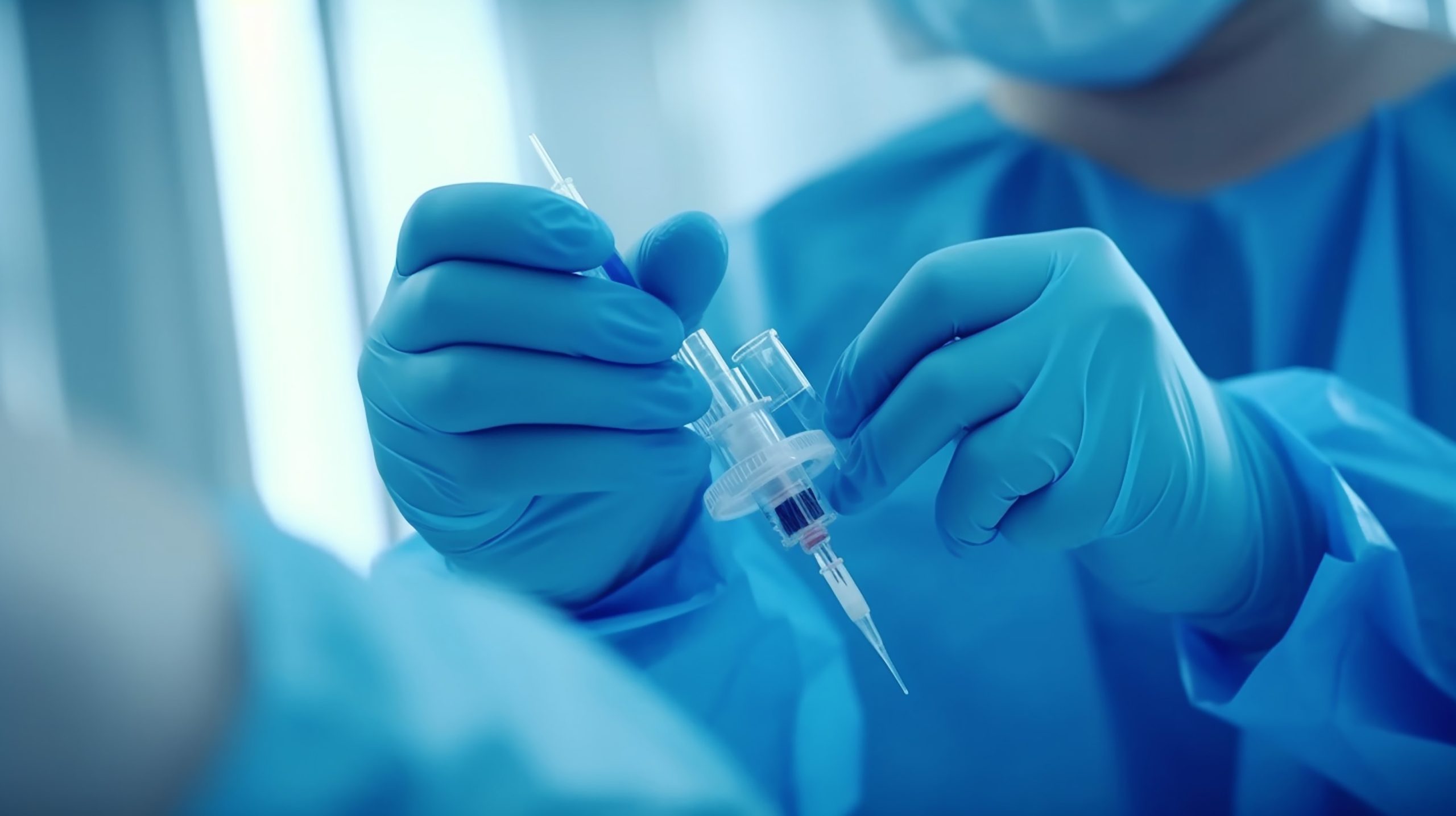

How does the cost of using gas compare to that of anesthesia for wisdom teeth removal, and how does this factor into the decision-making process for patients?
The cost of using gas, specifically nitrous oxide, is generally lower compared to that of intravenous anesthesia for wisdom teeth removal. Nitrous oxide is a relatively affordable option, as it does not require extensive monitoring or the presence of an anesthesiologist during the procedure. On the other hand, intravenous anesthesia involves the services of a specialized anesthesiologist, along with additional monitoring equipment and resources, which can significantly increase the overall cost of the procedure.
The cost factor often plays a crucial role in the decision-making process for many patients considering wisdom teeth extraction. Patients without comprehensive insurance coverage may opt for nitrous oxide gas due to its lower cost, especially if they are looking to minimize out-of-pocket expenses. However, for patients who prioritize a more profound level of sedation or have specific medical or psychological needs, the higher cost of intravenous anesthesia may be justifiable for the enhanced comfort and reduced anxiety it provides during the procedure. Ultimately, the decision may involve a careful assessment of the patient’s financial situation, personal preferences, and the recommendations provided by the dental or surgical team.
What are the potential risks and side effects associated with each method, and how do they influence the decision-making process for patients and oral surgeons?
Nitrous oxide gas, while generally considered safe, can lead to certain side effects, such as dizziness, headaches, and nausea, particularly if administered at high concentrations or for extended periods. Some patients may also experience allergic reactions or respiratory issues in rare cases. However, these side effects are typically mild and transient. In contrast, intravenous anesthesia poses a slightly higher risk, including potential complications such as allergic reactions, respiratory depression, and cardiovascular problems. There is also a small risk of adverse reactions to the specific medications used in the anesthesia process. The depth of sedation with anesthesia requires careful monitoring to ensure that the patient’s vital signs remain stable throughout the procedure.
These potential risks and side effects associated with each method significantly influence the decision-making process for both patients and oral surgeons. Patients must weigh the potential risks against the benefits of each option, taking into account their medical history, any pre-existing conditions, and their overall comfort level with the procedure. Oral surgeons must conduct a thorough evaluation of the patient’s health status and medical history to determine the most suitable sedation option that minimizes potential risks. Clear communication between the oral surgeon, the anesthesiologist, and the patient is essential to ensure that all parties are well-informed about the associated risks and are prepared to address any potential complications that may arise during or after the wisdom teeth extraction procedure.
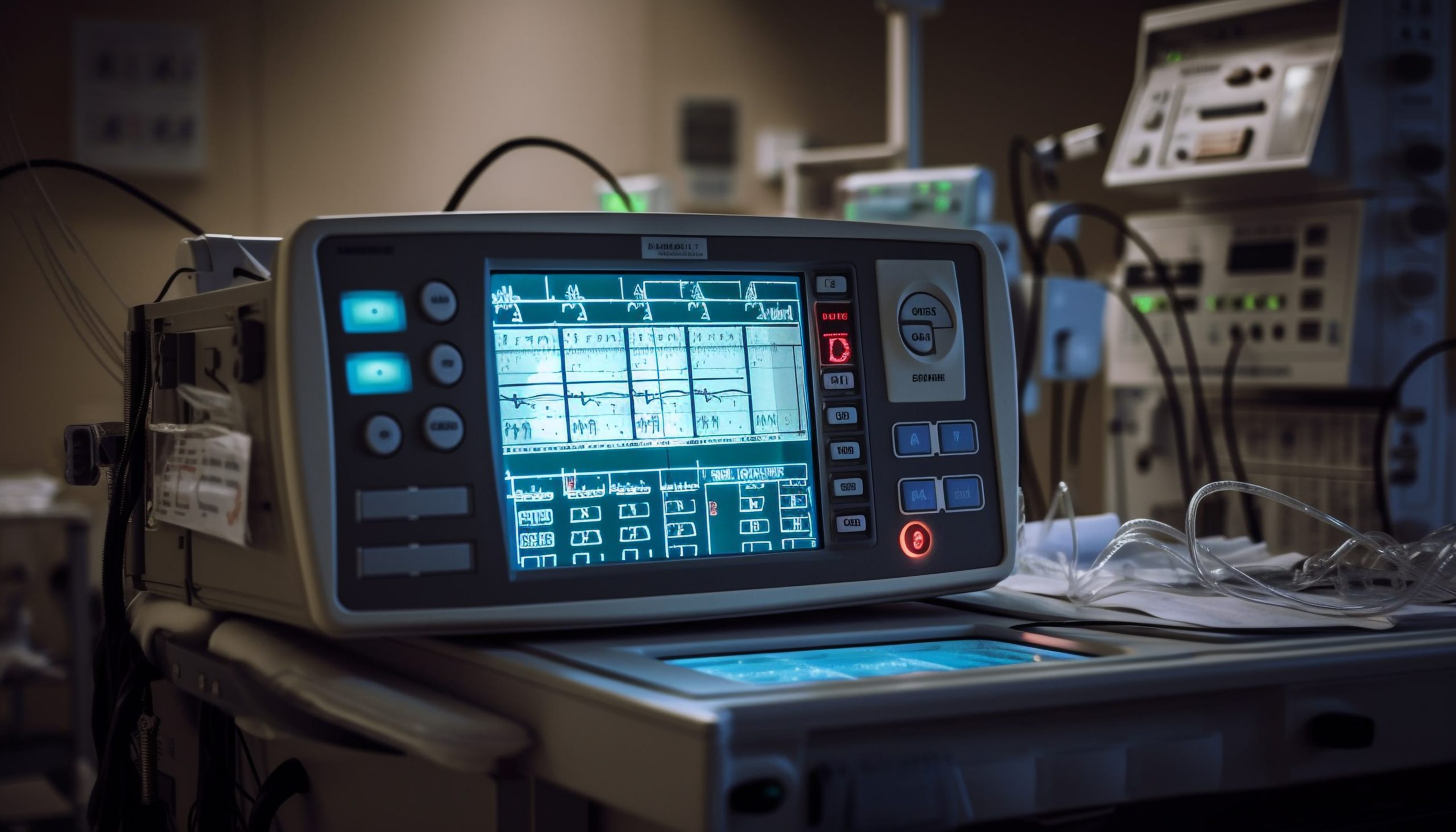

What measures can be taken to ensure patient safety and comfort during the administration of either gas or anesthesia for wisdom teeth extraction?
To ensure patient safety and comfort during the administration of either gas or anesthesia for wisdom teeth extraction, several measures can be implemented:
- Comprehensive patient evaluation: Conduct a thorough preoperative assessment to evaluate the patient’s medical history, current health status, and any potential risk factors that may influence the choice of sedation.
- Clear communication: Discuss the sedation options, associated risks, and potential side effects with the patient in a clear and understandable manner, allowing them to make informed decisions based on their preferences and medical needs.
- Proper monitoring: Maintain vigilant monitoring of the patient’s vital signs, including heart rate, blood pressure, and oxygen levels, throughout the entire procedure to promptly identify any signs of distress or complications.
- Qualified personnel: Ensure that trained healthcare professionals, such as anesthesiologists, dental surgeons, or certified dental assistants, are present during the procedure to administer and monitor the sedation effectively.
- Emergency preparedness: Have appropriate emergency equipment and medications readily available to manage any potential complications that may arise during the administration of sedation.
- Adequate postoperative care: Provide clear postoperative instructions to the patient, including information on managing any discomfort, maintaining oral hygiene, and recognizing signs of potential complications, ensuring a smooth recovery process.
- Patient comfort measures: Create a calming and supportive environment for the patient by addressing their concerns, providing reassurance, and using techniques such as distraction or relaxation to alleviate anxiety and promote comfort before and during the procedure.
By implementing these measures, dental professionals can ensure the safe and comfortable administration of both gas and anesthesia during wisdom teeth extraction, promoting a positive experience for the patient while minimizing the risk of potential complications.

